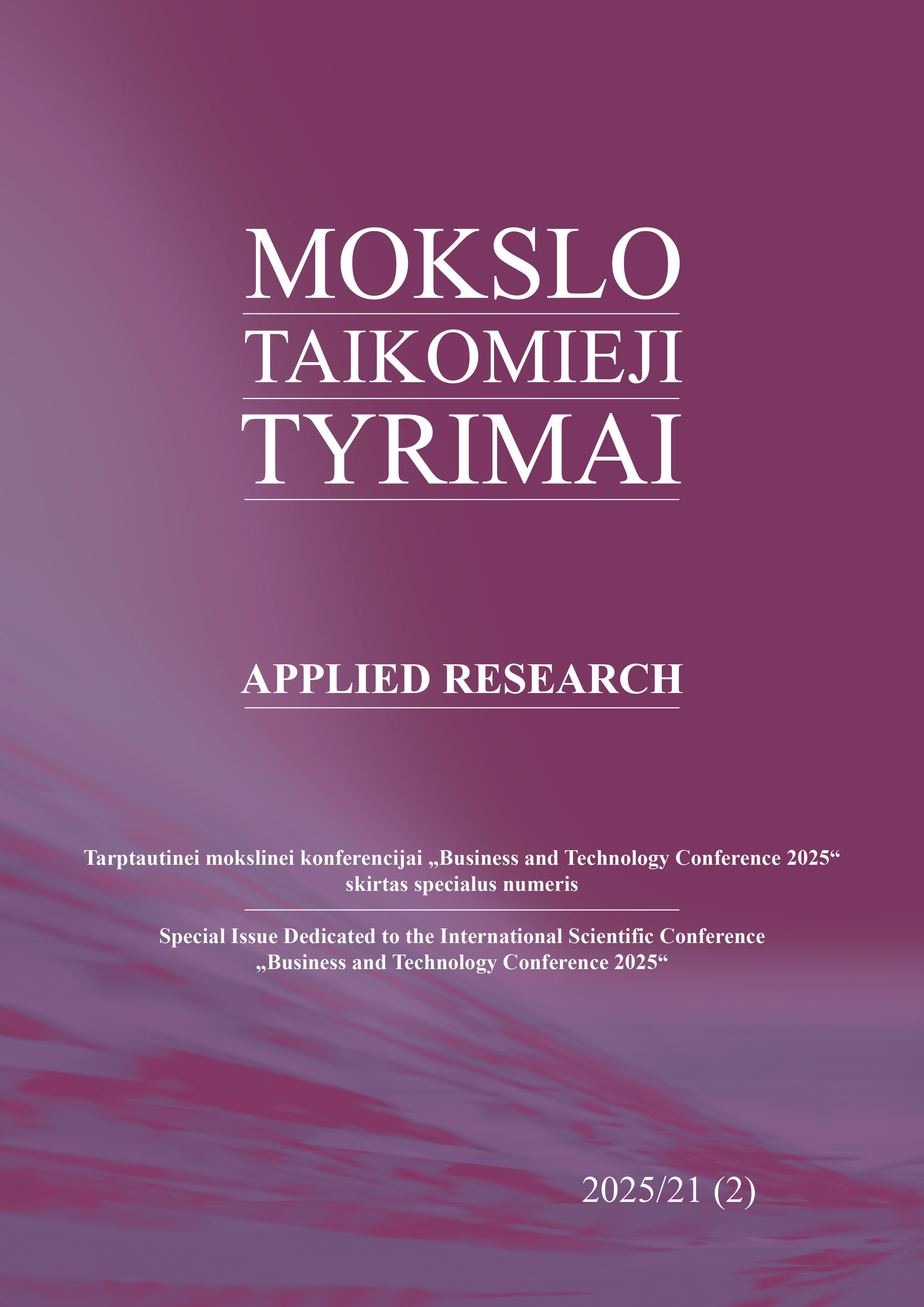Resilient logistics and infrastructure in the grain market of Ukraine: challenges and adaptive strategies
DOI:
https://doi.org/10.59476/mtt2025.v2i21.727Keywords:
resilient logistics, grain market, infrastructure resilience, adaptive strategiesAbstract
This article examines the resilience of logistics and infrastructure in Ukraine's grain market amid geopolitical disruptions, particularly since the onset of Russia’s full-scale invasion in 2022. Ukraine, a global leader in grain exports, faced unprecedented challenges to its logistics network, including extensive damage to critical transportation routes, storage facilities, and port infrastructure. The study identifies the primary vulnerabilities exposed by these disruptions and analyzes adaptive strategies adopted by stakeholders within the grain supply chain. Emphasis is placed on innovative logistical adjustments such as diversified export routes via railways, road transport, and river ports, as well as the strategic shift towards temporary grain storage solutions and enhanced regional infrastructure. The analysis further highlights the role of international partnerships, governmental initiatives, and private sector flexibility in maintaining grain export continuity. Data-driven insights illustrate how effective coordination and investment in resilient infrastructure have mitigated losses and sustained operational efficiency. The findings underscore the importance of proactive, diversified logistics planning and infrastructure adaptability to secure Ukraine's position in global grain markets despite ongoing instability. The article concludes with strategic recommendations aimed at strengthening long-term infrastructure resilience and logistical flexibility to ensure sustainable agricultural trade under persistent geopolitical uncertainties.
References
1. FAO. (2023). Global food security and Ukraine's role. Food and Agriculture Organization of the United Nations. https://www.fao.org
2. Center for Food and Land Use Research at Kyiv School of Economics. (2023). Agricultural War Damages, Losses, and Needs Review, 3, 9–12. https://recovery.preventionweb.net/media/95787/download?startDownload=20251001
3. Reuters. (2023, July 15). Ukrainian grain theft by Russia: Comprehensive overview. https://www.reuters.com
4. IPSOS. (2023). Assessment of damages to agricultural storage facilities in Ukraine. IPSOS Global Research.
5. Ukrainian Railways. (2023). Export volumes report 2022–2024. Ukrainian Railways.
6. European Commission. (2023). EU-Ukraine Solidarity Lanes: Key achievements and statistics. https://transport.ec.europa.eu
7. United Nations Conference on Trade and Development. (2023). Black Sea Grain Initiative: Progress and challenges. UNCTAD.
8. United States Department of Agriculture. (2023). Ukraine: Oilseeds and products annual, 26–33. Foreign Agricultural Service.
9. United States Agency for International Development. (2023). AGRI-Ukraine initiative: Annual report. https://www.usaid.gov
10. Christopher, M., & Peck, H. (2004). Building the resilient supply chain. The International Journal of Logistics Management, 15(2), 1–14. https://doi.org/10.1108/09574090410700275
11. Folke, C., Carpenter, S. R., Walker, B., Scheffer, M., Chapin, T., & Rockström, J. (2010). Resilience thinking: Integrating resilience, adaptability, and transformability. Ecology and Society, 15(4), 20. https://www.ecologyandsociety.org/vol15/iss4/art20/
12. Notteboom, T., & Rodrigue, J.-P. (2017). Intermodal transportation and integrated logistics. Maritime Economics & Logistics, 19(3), 272–286. https://doi.org/10.1057/mel.2016.7
13. Vlajic, J. V. (2017). Effective usage of redundancy and flexibility in resilient supply chains. In Proceedings of the 2017 International Symposium on Logistics, 1–8. University of Westminster. https://pure.qub.ac.uk/files/134580286/2017_ISL_Vlajic_F.pdf
14. Ivanov, D., Dolgui, A., & Sokolov, B. (2020). The impact of flexibility and redundancy on improving supply chain resilience to disruptions. International Journal of Production Research, 58(1), 118–135. https://doi.org/10.1080/00207543.2019.1627438
15. Yang, Z., Wu, M., Sun, J., & Zhang, Y. (2024). Aligning redundancy and flexibility for supply chain resilience: A literature synthesis. Journal of Risk Research, 27(2), 1–23. https://doi.org/10.1080/13669877.2024.2328196
16. Leoni, L., Ferraro, S., Cantini, A., Rinaldi, R., & De Carlo, F. (2024). MaMoReS: A robust tool for evaluating supply chain resilience maturity. Applied Sciences, 14(20), 9568. https://doi.org/10.3390/app14209568
17. AGI. (2023). Portable and temporary grain storage solutions. https://www.aggrowth.com
18. FreightWaves. (2023). SONAR supply chain intelligence platform. https://www.freightwaves.com
19. European Union Agency for Railways. (2021). Cross-border rail freight: Innovations in customs and security checks. https://www.era.europa.eu
20. Port of Rotterdam Authority. (2022). Smart port initiatives. https://www.portofrotterdam.com
21. Rail Baltica. (2023). Rail Baltica project overview. https://www.railbaltica.org
Downloads
Published
Issue
Section
License
Copyright (c) 2025 Olha Kulieshova

This work is licensed under a Creative Commons Attribution 4.0 International License.

